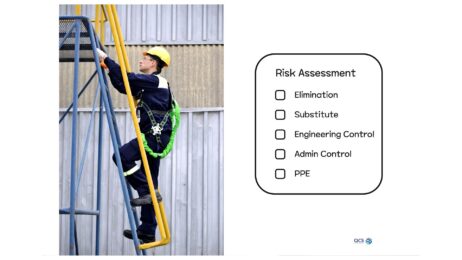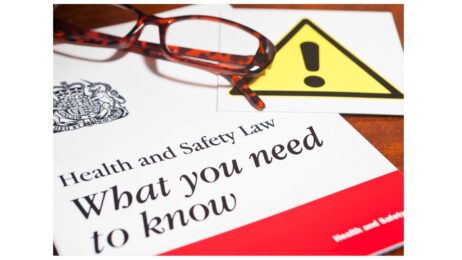Introduction to ISO 42001
ISO 42001 is a comprehensive standard designed to guide organisations in implementing effective Artificial Intelligence (AI) Management Systems. This standard provides a framework for managing AI technologies responsibly, ensuring they are used ethically, safely, and efficiently.
Key Contents of ISO 42001
- AI Governance and Leadership: Establishes the roles and responsibilities of leadership in overseeing AI initiatives, ensuring alignment with organisational goals and ethical standards.
- Risk Management: Outlines processes for identifying, assessing, and mitigating risks associated with AI technologies, including data privacy, security, and ethical considerations.
- AI Lifecycle Management: Provides guidelines for managing the entire AI lifecycle, from development and deployment to monitoring and decommissioning.
- Compliance and Legal Requirements: Ensures adherence to relevant laws, regulations, and industry standards, promoting transparency and accountability.
- Continuous Improvement: Encourages ongoing evaluation and improvement of AI systems to enhance performance and adapt to evolving technological landscapes.
Benefits of Gaining ISO 42001 Certification
- Enhanced Trust and Credibility: Certification demonstrates a commitment to ethical AI practices, building trust with customers, partners, and stakeholders.
- Risk Mitigation: By following standardised risk management processes, organisations can reduce the likelihood of AI-related incidents and their potential impact.
- Regulatory Compliance: Ensures that AI systems comply with current laws and regulations, reducing the risk of legal issues and penalties.
- Operational Efficiency: Streamlined processes and best practices lead to more efficient AI system management, reducing costs and improving outcomes.
- Competitive Advantage: Certification can differentiate an organisation in the marketplace, showcasing its dedication to responsible AI use and innovation.
Steps to Achieve ISO 42001 Certification
- Get the Relevant Parties on Board: Ensure that all key stakeholders, including top management, are committed to the certification process. Their support is crucial for resource allocation and overall success.
- Perform a Risk Assessment and Gap Analysis: Identify potential risks associated with your AI systems and conduct a gap analysis to determine where your current practices fall short of ISO 42001 requirements.
- Develop Policies, Objectives, and Controls: Create and implement policies, objectives, and controls that align with ISO 42001 standards. This includes establishing ethical guidelines, risk management procedures, and compliance measures.
- Set Up Monitoring and Documentation Procedures: Implement effective monitoring systems to track the performance of your AI systems. Ensure thorough documentation of all processes, decisions, and changes to maintain transparency and accountability.
- Prepare for the External Audit: Conduct internal audits to identify and address any non-conformities. Once you are confident in your compliance, schedule an external audit with your chosen certification body.
- Establish Post-Certification Maintenance Processes: After achieving certification, maintain and continually improve your AI management systems. Regularly review and update your practices to stay compliant with evolving standards and technologies.
Following these steps will help your organisation achieve and maintain ISO 42001 certification, ensuring responsible and ethical AI management.
Conclusion
Adopting ISO 42001 for AI Management Systems is a strategic move for organisations aiming to leverage AI responsibly and effectively. The certification not only enhances operational efficiency and compliance but also builds trust and credibility in the eyes of stakeholders.
Feel free to reach out if you have any questions or need further information on ISO 42001!



